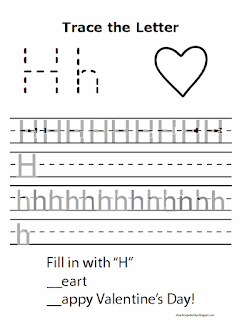A child with tactile defensiveness is overly sensitive to touch and other tactile input such as finger paint, sand, water, and certain clothing textures. Here are some signs and symptoms that you might see with a
child who is dealing with tactile defensiveness.
- Frequently resists being held or cuddled by unfamiliar people
- Dislikes water splashing or bath-time
- Difficulty falling into a regular sleep/wake schedule
- Dislikes being moved quickly such as being tipped in the air, swung around, bounced, or rocked suddenly
- Difficulty with sucking, chewing, or swallowing new textures
- Does not tolerate new foods or food textures – diet is limited
If a child has tactile sensitivity, here are some activities to
try. Any child's sensory system will benefit from these activities,
defensive or not. Start slowly, and DO NOT
force any input that your child resists. If your little one is extremely
resistant, it’s probably time to consult your pediatrician and ask
about the possibility of occupational therapy. There are other treatments that must be carried out under the supervision of a
therapist.
- Spend a few extra minutes after bath time to vigorously rub the child with a towel, or guide them in doing so.
- Rub lotion or powder on the legs, hands and arms while singing (for distraction purposes). Let them also rub the lotion or powder on you, especially if they won’t tolerate it on their own extremities.
- Pretend face washing or shaving- with different textures of cloth or towels.
- Use a variety of textured materials such as corduroy, fur, terry cloth, etc. and rub on your child’s back, arms and legs.
- Put textured mittens or puppets on child’s hands and let him or her take them off.
- Encourage your child to play in binds of sand, rice, beans or popcorn. Hide items and have the child locate them, guessing what they are while still covered. If your child won’t touch the textures, provide cups and shovels for play.
- Have the child roll up in a blanket or sheet, then play hot dog – press on mustard, relish, etc., and then have them roll out.
- Put shaving cream, lotion, or pudding on a large piece of aluminum foil and have the child draw a picture or write spelling words. Be sure to get both hands messy!
- Finger painting or body painting with water-based paints.
- Play in play dough or putty. Pulling, squeezing, rolling, etc.
- Draw numbers/letters on the child’s back, arms, lets, etc. and have him identify. You can make it a multiple choice or yes-no question - Is this a 2 or a 5?
- Provide activities that provide tactile input on the child’s entire body, such as a kid pool full of styrofoam, big soft pillows, or balls.
- Games with physical contact are good – bear hugs, piggyback rides, wrestling, back rubs, petting animals.
- Identifying objects with eyes closed – keys, comb, marble, block, coins, shapes, etc.



































